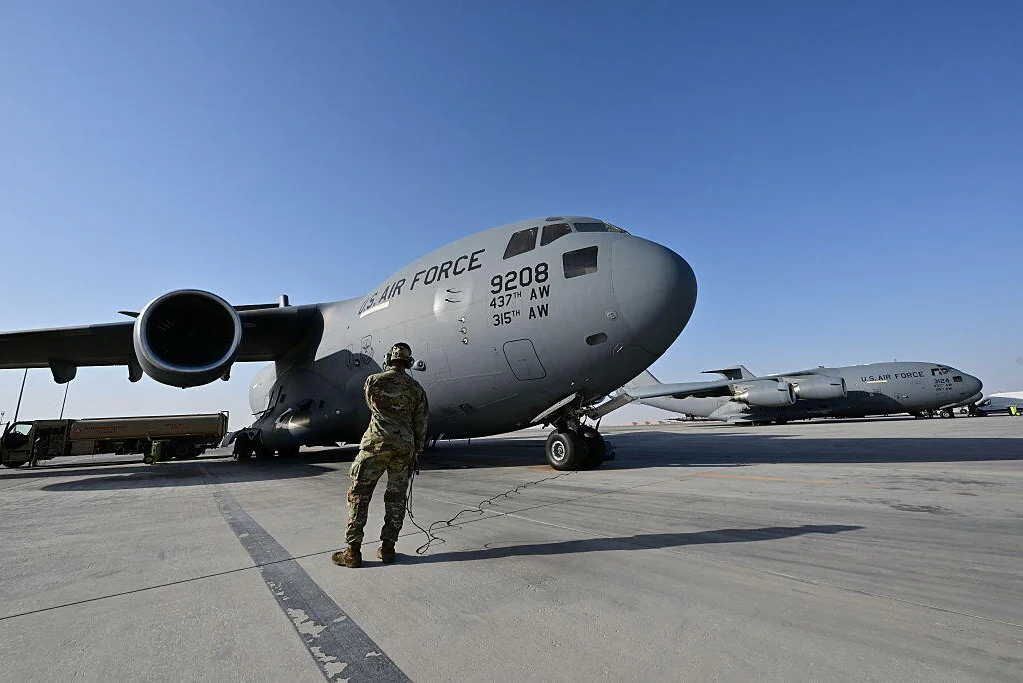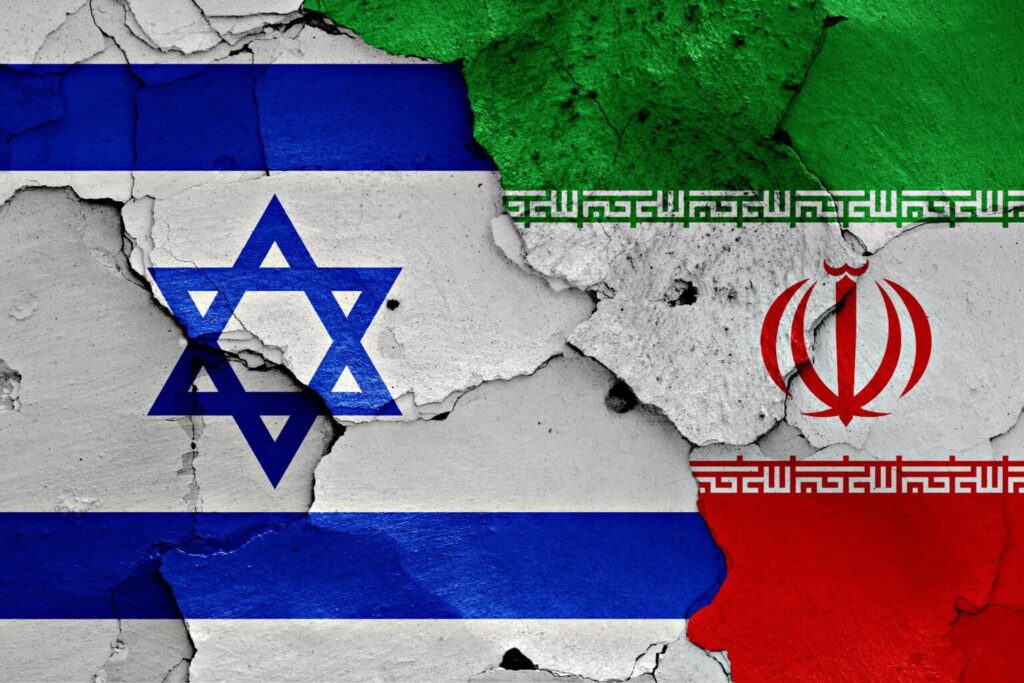Just hours after announcing that a US-Qatar-brokered Israel and Iran ceasefire had taken effect,
U.S. President Donald Trump warned Israel against launching additional attacks.
In a fiery post on Truth Social, Trump used blunt language to criticize both nations, accusing them of undermining the truce.
The warning came after both sides exchanged accusations of ceasefire violations, further escalating fears of a wider regional conflict in the Middle East.
When Did Israel and Iran Ceasefire Begin?
The ceasefire was announced just after 5 a.m. GMT on Tuesday, with Trump appealing to both parties:
“Please, don’t break it!” he wrote.
Israel confirmed its acceptance of the U.S. ceasefire proposal around 6 a.m. GMT, conditional on Iran halting attacks as well.
However, just hours later, Israel accused Iran of firing missiles, claiming a breach of the agreement.
Iran, meanwhile, denied any post-ceasefire launches and accused Israel of violating the truce first. According to Iranian sources, their missile strike on a U.S. base in Qatar the previous Monday was a retaliatory response to Israeli and American attacks on its nuclear facilities.
What Did Trump Say?
In remarks made outside the White House and on social media, Trump expressed strong frustration with both sides:
“Don’t drop those bombs,” he warned Israel, adding that he was “not happy” with their actions.
“It looks like a missile was accidentally launched after the deadline, and now Israel is responding aggressively,” he said.
“These countries need to calm down.”
Despite the chaos, Trump insisted in another post that “the ceasefire is in effect.”
Israel and Iran Ceasefire Breached? What We Know
Within two hours of agreement on Israel and Iran ceasefire, Israel reported incoming missiles from Iran.
Israeli Defense Minister Yisrael Katz called it a “complete violation” and ordered continued military strikes on Tehran to dismantle Iran’s “terrorist infrastructure.”
The Iranian Revolutionary Guard Corps (IRGC) claimed it launched its final attack just before the ceasefire began, targeting military and logistics sites inside Israel.
In response, Israeli forces reportedly destroyed radar systems near Tehran and missile launch platforms in western Iran.
Civilian and Military Casualties Mount
Israeli emergency services reported four deaths and 22 injuries in Be’er Sheva, following overnight missile strikes.
Iran confirmed that a nuclear scientist was killed just before the ceasefire, while the Iranian Health Ministry reported 610 deaths and 4,746 injuries since the conflict began on June 13.
In contrast, 28 Israelis have been killed over the same period.
Why Did Israel Strike First?
On June 13, Israel launched preemptive strikes on nuclear and military sites in Iran, claiming Tehran was close to developing a nuclear weapon.
The airstrikes followed stalled diplomatic negotiations and increased Iranian uranium enrichment activity—seen as a serious threat by Tel Aviv and its allies.
The U.S. later joined the operation, deploying bunker-buster bombs on Iran’s Fordow nuclear site, located deep within a mountain near Tehran.
Gulf Region in the Crossfire

As the U.S. and Israel ramp up military pressure, Iran’s state-affiliated Tehran Times warned Gulf nations:
“You’re paying the price for American bombs. Withdraw before it’s too late.”
With rising tensions and the presence of U.S. bases across the Gulf, analysts warn of escalating risks for the entire region, particularly if the truce completely collapses.
Will Israel and Iran Ceasefire Last?
Israel and Iran ceasefire is fragile as long as both sides are accusing each other and military strikes continue.
Accordingly prospects for peace remain slim.
Analysts suggest that without serious diplomatic intervention, the region could be heading toward a broader, more destructive conflict.


